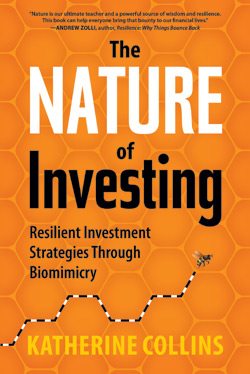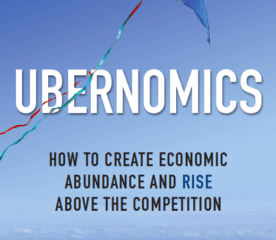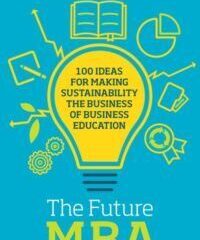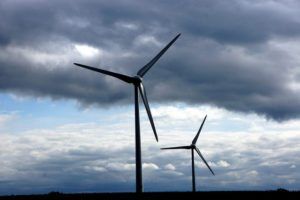

Books & Films
Book review: The Nature of Investing – Katherine Collins (2014)
The Nature of Investing: Resilient Investment Strategies Through Biomimicry is constructed on the foundations of extensive knowledge and experience in the field of investing. Author Katherine Collins makes the interesting connection between natural laws and the manmade world of investment.
Collins calls for a change in the approach towards investment from the roots-up, calling for a greater emphasis on research that promotes sustainability both in investor return and business practice.
Calling on over 20 years of experience in the industry, Collins cites real-life experience and examples from the natural world and its constructs – proving that a change is needed for the highly mechanized infrastructure of investment.
Collins states that at the beginning of her experience investment was far more organic. It relied on communicating directly with other people, only using technology when it was inconveniently available. But this has dramatically changed, a change that has promoted efficiency and speed over sustainability and reality.
Resiliency in investment, argues Collins, is of fundamental significance over the synthetic complexity of today, a need for elegant simplicity, like many things in nature.
Collins’ use of naturally inspired metaphors adds a certain unique observation of a highly human, and consequently superficial construct. For example, a rapidly growing business must also invest heavily in research and development so as to support itself as it becomes bigger – much like a sunflower, which needs an equal root growing below the ground as to sustain its above ground development.
The obvious inspiration from bees and their super-efficient collective drive is clearly a point Collins wishes to emphasise.
The author does not obsess, however, over the natural world – an extensive knowledge of finance markets and research methods dominates a large portion of the narrative. But the message is clearly focussed on taking heed of lessons that are naturally placed around us. To encourage sense of rigid adaptability, for the long term, over short term fixes that inevitably lead to bigger problems.


 Environment10 months ago
Environment10 months agoAre Polymer Banknotes: an Eco-Friendly Trend or a Groundswell?

 Environment11 months ago
Environment11 months agoEco-Friendly Home Improvements: Top 7 Upgrades for 2025

 Features9 months ago
Features9 months agoEco-Friendly Cryptocurrencies: Sustainable Investment Choices

 Features10 months ago
Features10 months agoEco-Friendly Crypto Traders Must Find the Right Exchange































